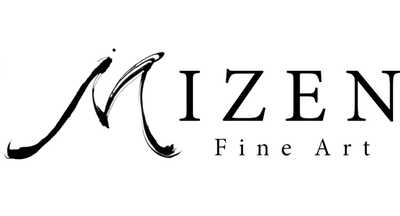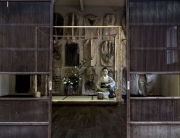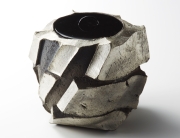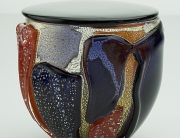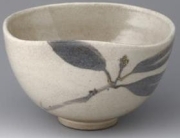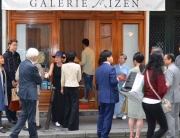Onimaru Hekizan is a prominent Japanese ceramic worker who has planned a very short stay in Paris. Since these sorts of individuals seldom come to visit France, it served as a very major announcement to say the very least. However, he will be in the area for a short period of time as he has agreed to come to the Yakimono Gallery in Paris on Wednesday March 5 at 17h.
Those who are interested should contact the organization at 09 51 53 29 43. Regardless, anyone who tends to be interested probably would like to learn a bit more about Onimaru-sensei’s work. He is a master ceramic artist of the takatori yaki style, and has continued the aesthetic and philosophical traditions of elegant simplicity that are laid down in the kirei sabi school.

Onimaru Hekizan’s pieces are something of a splash of color, and they’re certainly always attractive.
Enshu Kobori, the famous tea master, founded the takatori yaki kiln. During the Edo period he developed his elegant and simple tea art, which ended up spreading throughout the shogunate. Many famous overlords actually ended up preferring these classes of vessels for their own tea ceremonies and the like.
Takatori yaki aesthetics overall have a unique diversity when it comes to colors. This helps to set it apart from similar styles. Blues, greens, browns and other colors that are adapted from nature adhere to what tends to ironically be a strict color code. Some of Onimaru-sensei’s tea yakimono are in Zen temple collections, including those of the silver Ginkaku-ji and Daitoku-ji.
Perhaps it was best said when the artist stated he would do his best to keep the art of heating over a wood fire alive. The name Hekizan was granted to him by the second lord of the temple Daitoku Myoho. This is obviously a great honor that means a lot to those who have a profound respect for this particular style.
The artist has also stated that while he has worked to create a modern style of the art, he will still technically work with traditional forming techniques. This makes sense considering the body of work he has done underneath such great masters of the traditional techniques. Regardless, his designs still look very fresh in spite of their adherence to such traditions. In a way they straddle the two worlds quite well, and many have suggested that they are honored to be in the presence of such original work that has a truly unique flair.

